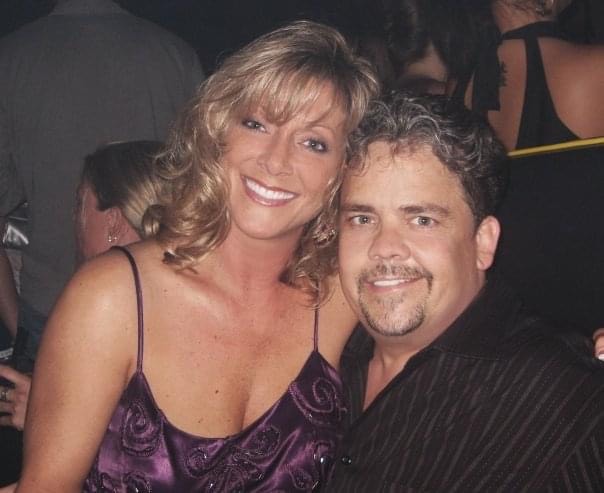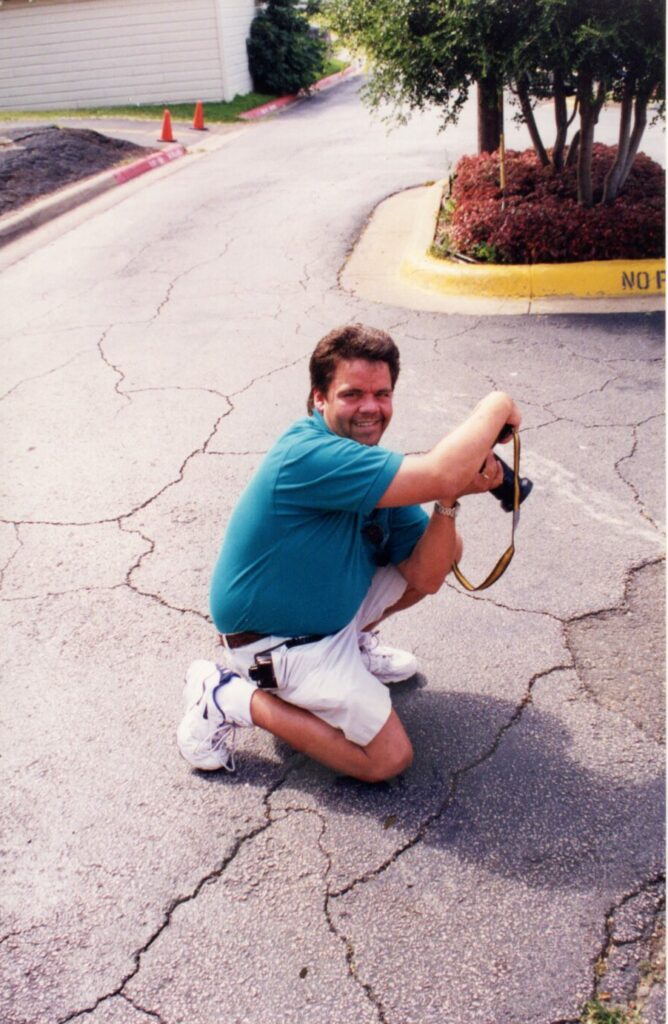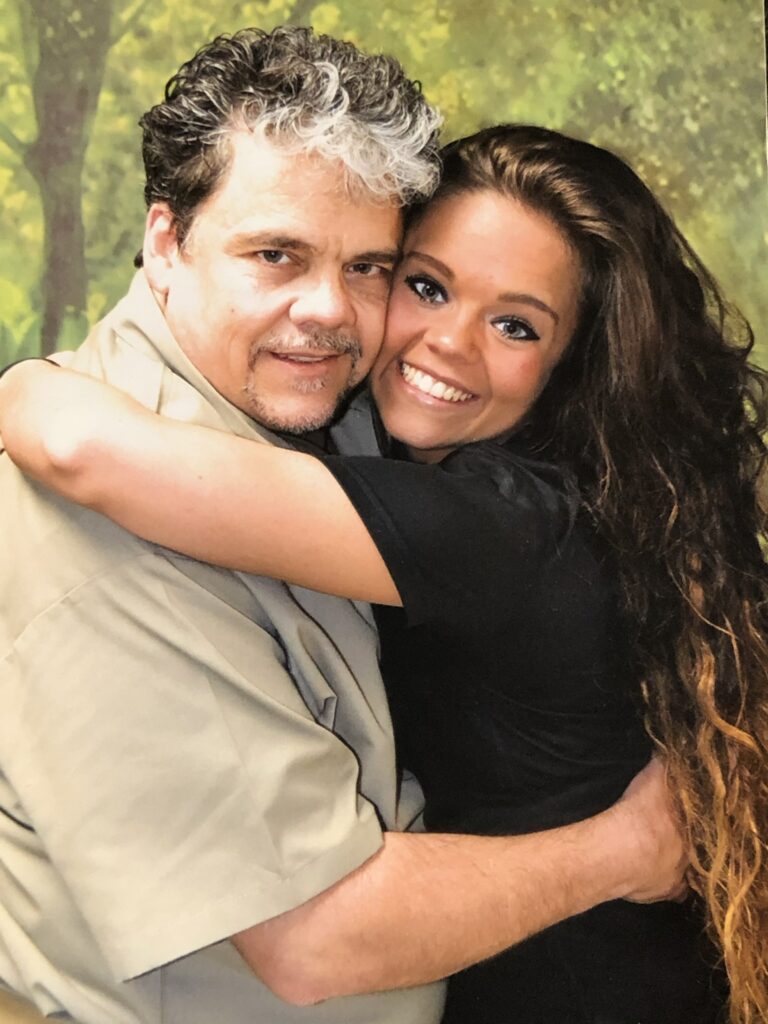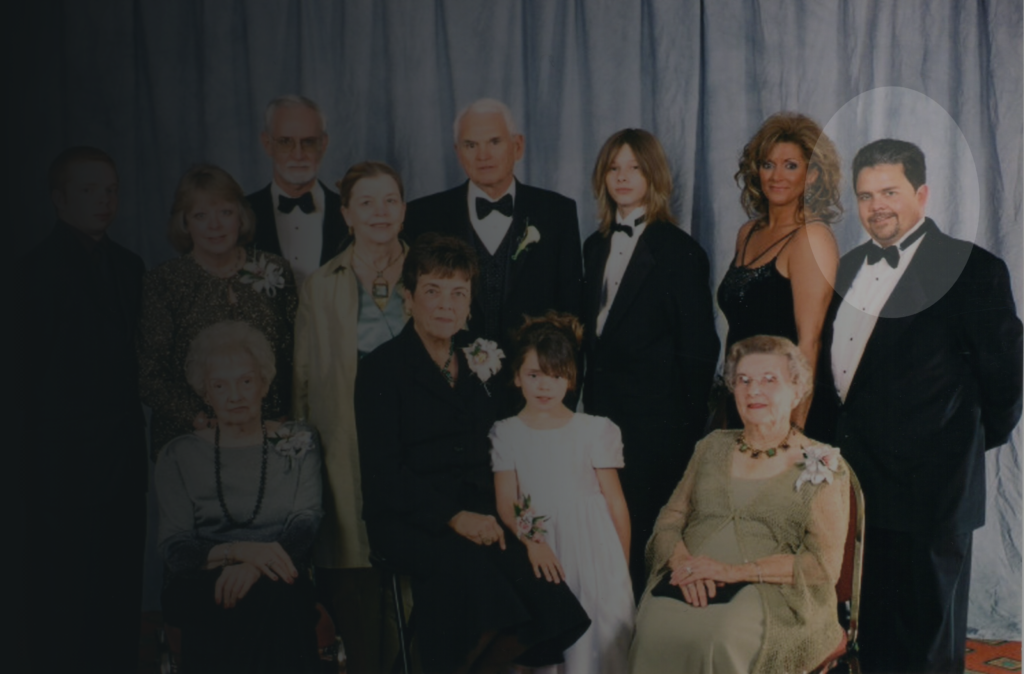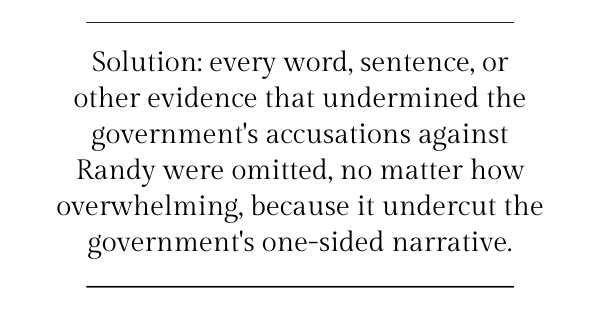How could a 50-year-old professional photographer who had never been to prison receive nearly 20 years in federal prison with no parole after pleading guilty to a single $250 drug deal?
With respect to a large-scale drug distribution network, despite a massive, multiyear, multimillion-dollar investigation spearheaded by top government agencies, there was not a single piece of evidence that so much as linked Randy Bookout to drugs, much less drug distribution: Randy was never caught with drugs; there were no controlled buys or other surveillance, no telephone wire taps; there wasn’t even a single incriminating text message. Nothing.
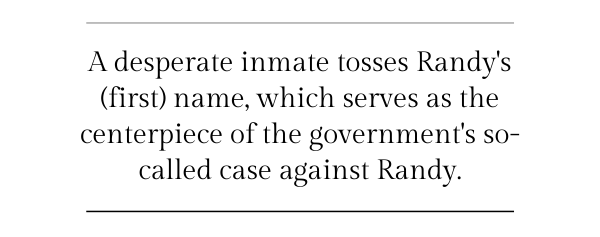
Although the case was devoid of physical evidence, there were the uncorroborated accusations of an inmate, John Moore. After John’s fourth or fifth felony arrest within a short period of time, he learned that the federal government had him selling massive amounts of methamphetamine. A large amount of methamphetamine + harsh Federal Sentencing Guidelines = a very worried inmate. But, he was in luck. The more names he could deliver to the information-hungry federal agents, the less time he would spend in prison. One of the name’s he delivered to federal agents was Randy’s.
When federal agents followed up on the inmate’s accusations against Randy, they learned they were blatantly false. No matter. The agents casually shrugged off this minor inconvenience and pressed on.
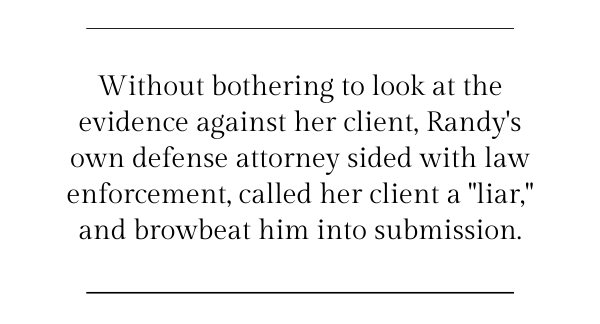
Although Randy had not been federally charged, his attorney Colleen Dunbar persuaded him to meet with federal agents, which fortunately was memorialized via a 100-plus-page transcript. Attorney Dunbar told Randy that he needed to confess to all his crimes as well as provide the federal agents with information about other drug dealers, otherwise he would “die in federal prison.” During the meeting, it became evident that Attorney Dunbar had not cracked the case file. Plainly, she was lost. She didn’t know who the government witnesses were, what they said, or if they were even credible. Attorney Dunbar knew only what federal agents had told her: that her client Randy was a drug trafficker. Put another way, a defense attorney, Dunbar, told her client to confess, called him a liar, browbeat and harassed him, without first examining a single piece of evidence against him. Dunbar’s Affidavit: “[Randy]…claim[ed] over and over that he was just a user and that his dealer (whom he gave information about) should be the one prosecuted.”
Had Attorney Dunbar not neglected her most basic duty as a defense attorney — to review the evidence against her criminally accused client — she would have discovered overwhelming exculpatory evidence that strongly supported her client’s, Randy, innocence and sharply undermined the government’s accusations.

Despite Randy’s steadfast denials, attorney Dunbar browbeat her client, Randy, into submission. Randy agreed to waive his right to indictment by pleading guilty to a single $250 drug deal that yielded a sentencing range of probation to 18 months in prison. Even though Randy maintained that the $250 drug deal was for personal use (a petty state crime) he was persuaded to plead guilty to buying $250 worth of methamphetamine with the intent to distribute, a fact Randy denied both on and off the record. Simply put, attorney Dunbar made in binary: waive all your rights and throw yourself to the mercy of the U.S. government or “die in federal prison.” Sadly, the fact that there was overwhelming exculpatory evidence that dramatically called into question the government’s accusations and strongly militated in favor of Randy’s innocence, was never discussed with Randy. Instead, it was hidden.

